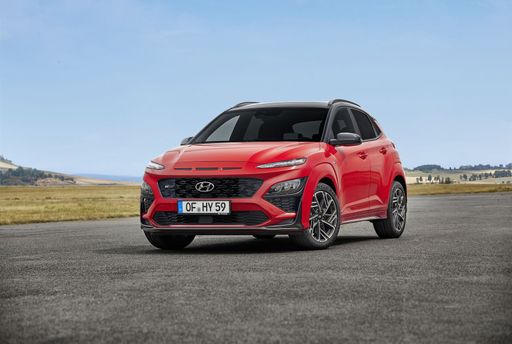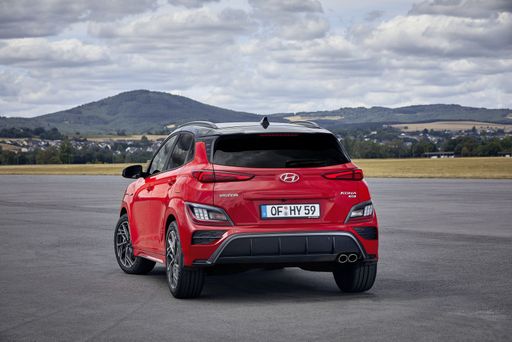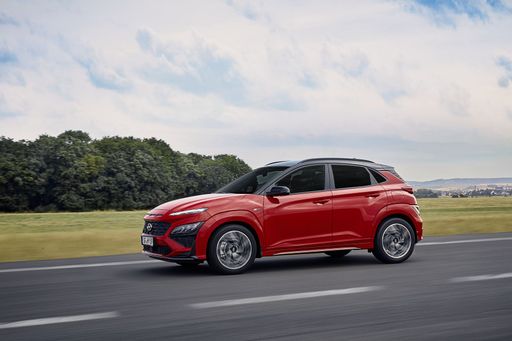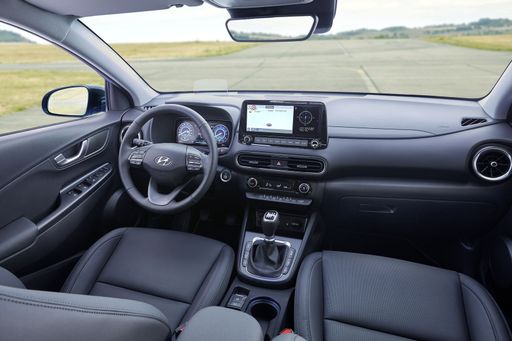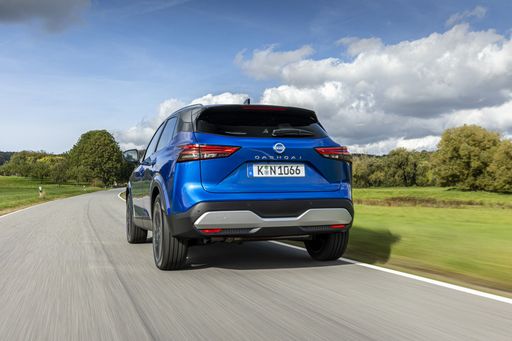Introduction: Battle of the Compact SUVs
In the ever-competitive compact SUV segment, the 2024 Hyundai Kona and Nissan Qashqai stand out with their distinctive features and capabilities. Both vehicles cater to the needs of modern drivers, offering a mix of performance, technology, and practicality. This article delves into a detailed comparison of these two popular models, focusing on their technical aspects and innovations.


